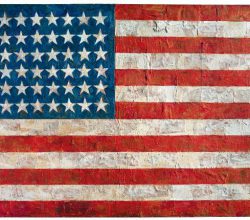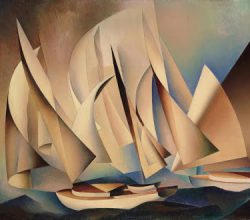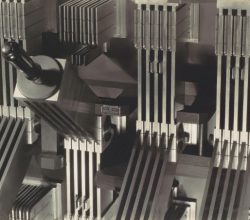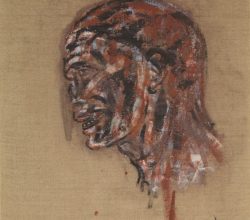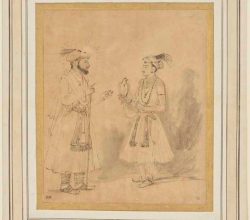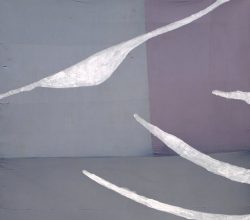
Julian Schnabel: Wave Warriors in the Court of Honor
Jonathan Curiel | SFWeekly | 3rd May 2018
These past few decades Julian Schnabel has been largely ignored. “Sometimes the personality can get in the way” admits his gallerist. Now, suddenly, some attention. Schnabel puts it down to being “a nonconformist … maybe you come in and out of view.” Or perhaps, says the curator, it is due to his art: “It’s not a renaissance. It’s a sign of power and … impact of the work.”

